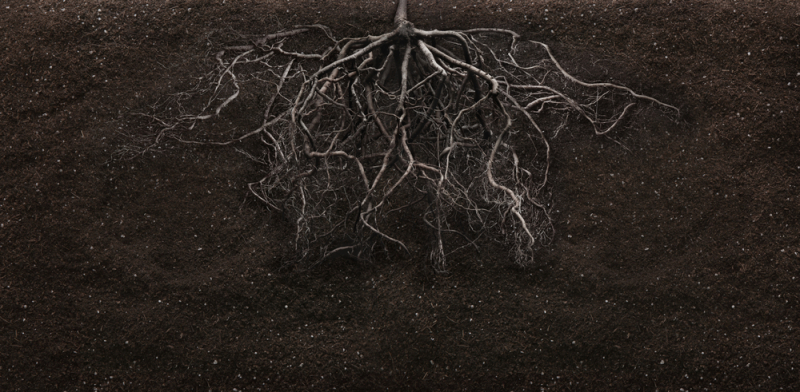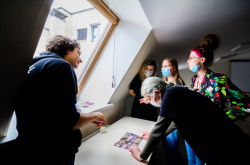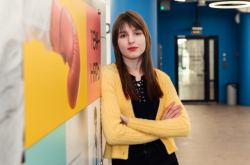Grounding
This year, ITMO University’s Art & Science Center together with the Dokuchaev Central Soil Museum introduced the wide-scale cultural and educational program Grounding which includes two large conferences, numerous lectures by top-tier artists, scientists, and philosophers, as well as an upcoming exhibition that will open in the spring of 2021.
The project aims to find links between contemporary art, philosophy, and conventional science by digging into the topic of soil – the fundamental yet unappreciated element and source of life.
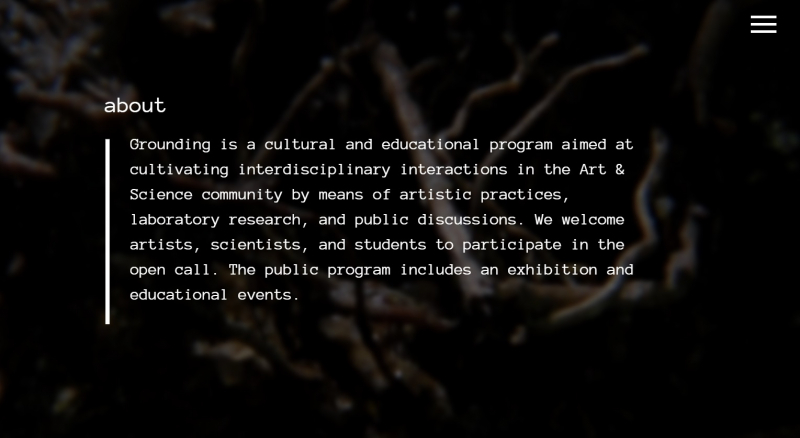
Beneath the Pavement, Not the Beach
On November 21, the event’s opening was marked by the online conference Beneath the Pavement, Not the Beach. Its title paraphrases the slogan of the 1968 French student protests and highlights our lack of awareness about what lies beneath our feet.
The conference brought together Yulia Timofeeva, a researcher at the Dokuchaev Central Soil Museum in St. Petersburg, and Nikolay Smirnov, a geographer, artist, researcher, and former employee of the Laboratory for Complex Geo-Cultural Research of the Arctic, to enlighten the audience on this subject. The philosophers Ben Woodard and Polina Khanova, as well as numerous artists – the legendary Australian artist Oron Catts, French artist Karine Bonneval, the german research collective Farming the Uncanny Valley, and Strelka Institute’s project group The Terraforming – reflected on the role of soil in the Anthropocene Epoch.
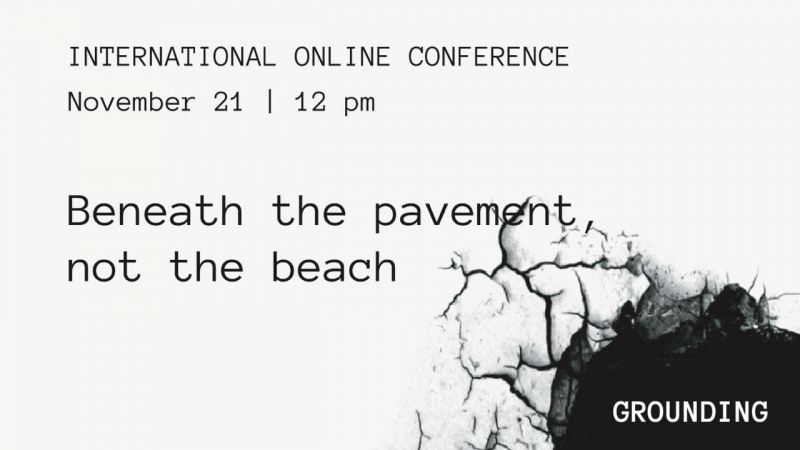
Neolife
One of the key speakers was Oron Catts – an Australian artist and one of the founders of BioArt, known for the use of test-tube living tissues in his artwork. His artistic laboratory SymbioticA specializes in the creation of “half-living” sculptures that balance on the edge of living and inanimate, organic and synthesized. The artist himself named this approach neolifism or, in other words, the highest manifestation of the human desire to subdue nature.
Neolifism sees the biological world as a raw material that needs to be transformed, improved, and adjusted to meet our needs. Even though people have always strived to get the most from natural resources (here Catts cited as an example the Indigenous people of Australia that set fire to vegetation to enrich soil), this trend peaked in the Anthropocene Epoch. Not only did we invent incubators, farms, and hydroponics, but we learned to modify the genomes of plants and animals, produce lab-grown meat, and create new life forms.
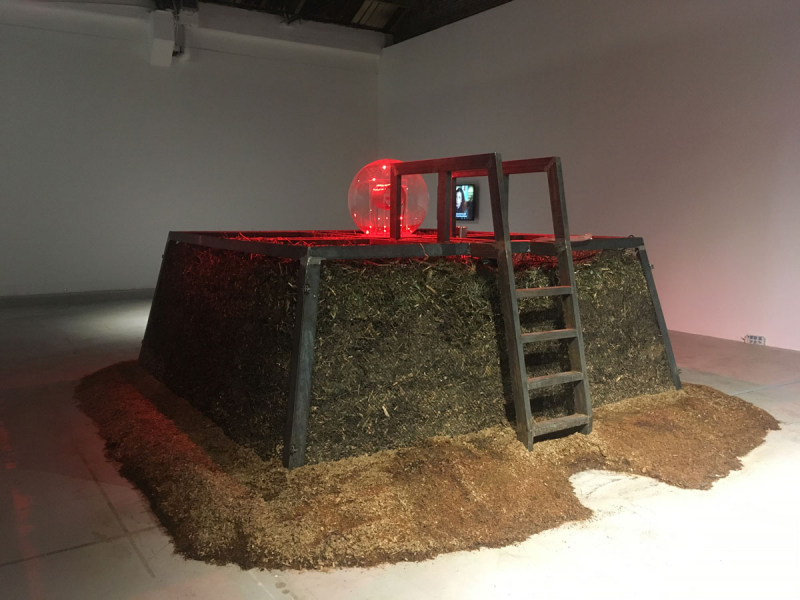
We began to take all this for granted and move further and further away from nature. In his latest work, Oron Catts addresses the way in which we can combine tech solutions and natural materials.
His project Compostcubator is an incubator that uses natural heat produced by composting. Oron Catts got his inspiration from the Australian malleefowls, which build enormous egg-incubating compost-mounds. Thus, the artist wanted to demonstrate how science can draw from nature.
Cemetery garden
The Berlin-based artists Stefan Schwabe and Jannis Hülsen are also exploring tech changes and humans in their project Farming the Uncanny Valley. Together they conduct workshops on modern farming and farming technologies throughout Germany. The artists focused on a vegetable garden planted on an unused cemetery lot in order to study the people’s reactions to such an unconventional solution.
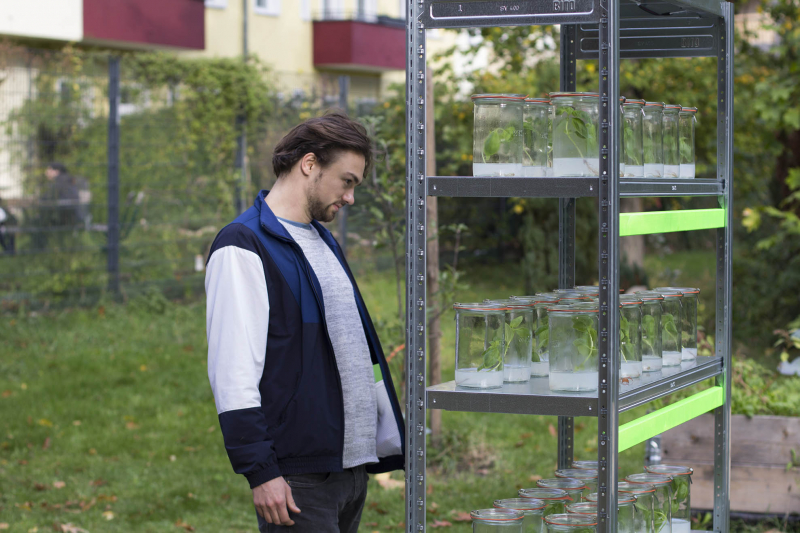
The problem of using unclaimed territories has been well-studied by a group of researchers of the Terraforming project, organized by the Strelka Institute in Moscow. Andrey Tetekin, Luciano Brina, and Yu Gong investigated the so-called inner peripheries (a term proposed by the Russian geographer Vladimir Kagansky). These are abandoned territories formed after the collapse of the USSR, such as unused military and industrial landfills, depleted mines and quarries, abandoned high-security facilities, as well as hazardous waste burial sites.
The artists were inspired by the renowned British ecologist James Lovelock’s idea of saving woods from people by using them as the burial sites of nuclear waste. While observing the deserted areas, they realized that the situation was to nature's benefit – even despite the massive havoc caused by humans, they manage to self-heal.
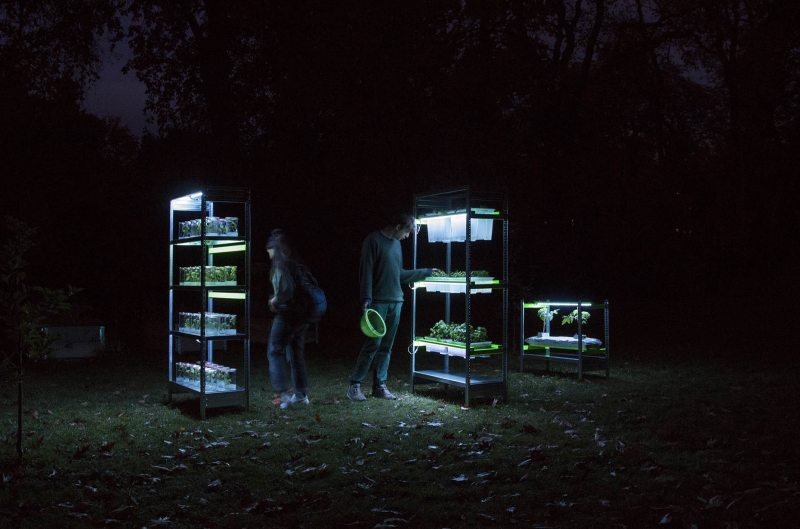
The project’s authors called such natural objects Pharmakon Landscapes – both poisonous and healing. They can no longer be used for our own needs but can become a source of purification and renewal for the planet. These are, in a way, natural parks capable of solving environmental issues.
Taste the soil
Yulia Timofeeva, a soil specialist and researcher at the Dokuchaev Central Soil Museum, spoke about the extent of the environmental crisis. According to researchers, 78% of the world's territory is unsuitable for agriculture. At the same time, fertile territories are annually reduced by more than 50 thousand square kilometers due to the construction of new roads, buildings, and industrial facilities. The soil, hidden beneath the pavement and concrete, is forever lost and cannot be a source of life. Soil degradation is a global problem that is not yet obvious to most people. But the modern rate of population growth and total urbanization proves that soon such neglect could lead to a severe crisis.
As city dwellers, we are more and more detached from soil and ground and this fact defines our attitude to the issue. We do not perceive the soil as a living substance but as dirt and dust under our feet. Nevertheless, many unique processes take place underground: down there, life flourishes and bacteria, plants, and microorganisms grow vigorously.
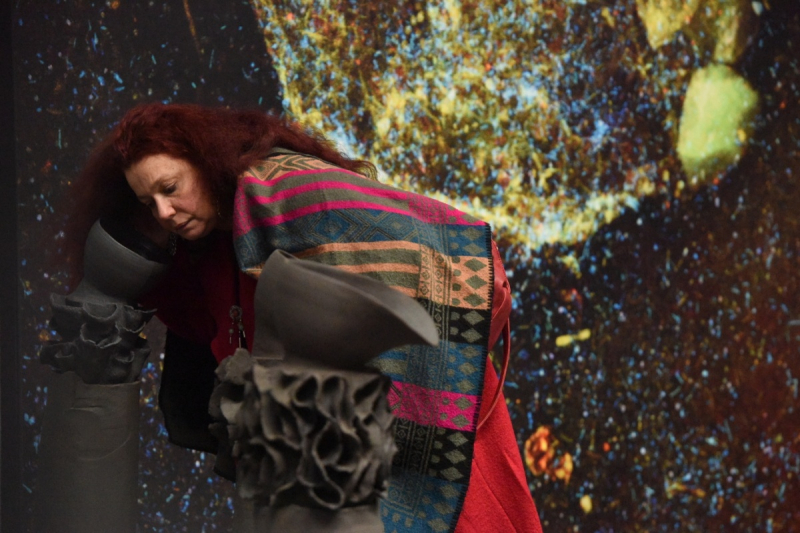
Moreover, you can not only see these processes but also hear them and that is what the French artist Karine Bonneval studies. For many years, she has been using highly-sensitive microphones and oscilloscopes to record sounds from under the ground and use them in her projects and artworks. She also studies noise pollution experienced by underground inhabitants and the influence of anthropogenic sounds on fungal growth and bacterial activity.
She wants to forge a closer connection between people and the ground. For example, in some of her projects, viewers were asked to taste the soil or to listen to audio recordings of underground processes, or to imagine the sensations of a plant rooted in the ground. She does all her projects in close collaboration with scientists, engineers, and researchers, who are very surprised that such a topic would be interesting to someone other than single-discipline specialists. But the artist is confident that such artistic and educational projects will help people become more conscious and respectful of the land that bears and nourishes us.
A recording of the conference live stream is available in English and Russian.
